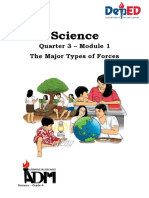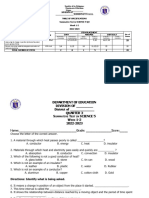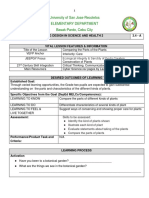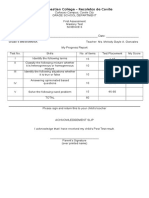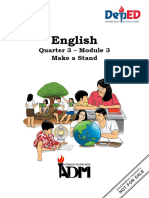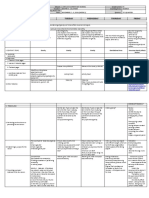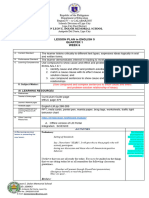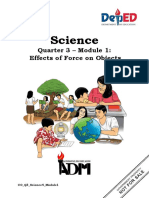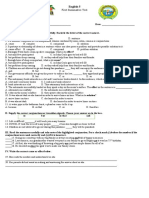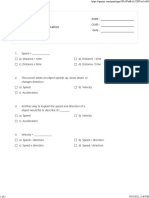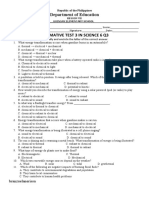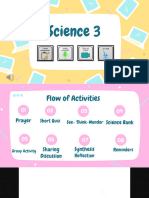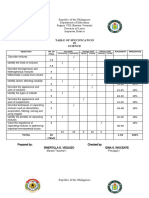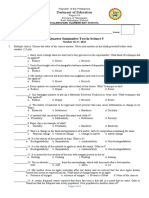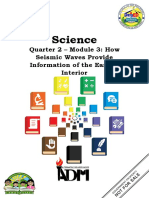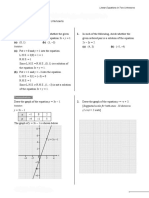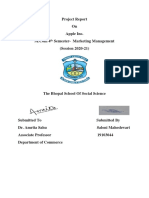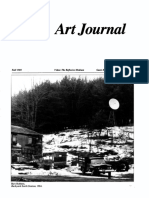0% found this document useful (0 votes)
81 views20 pagesScience 6 Q4 Module 1 Week 1
Uploaded by
jairis23reyesCopyright
© © All Rights Reserved
We take content rights seriously. If you suspect this is your content, claim it here.
Available Formats
Download as PDF, TXT or read online on Scribd
0% found this document useful (0 votes)
81 views20 pagesScience 6 Q4 Module 1 Week 1
Uploaded by
jairis23reyesCopyright
© © All Rights Reserved
We take content rights seriously. If you suspect this is your content, claim it here.
Available Formats
Download as PDF, TXT or read online on Scribd
/ 20


